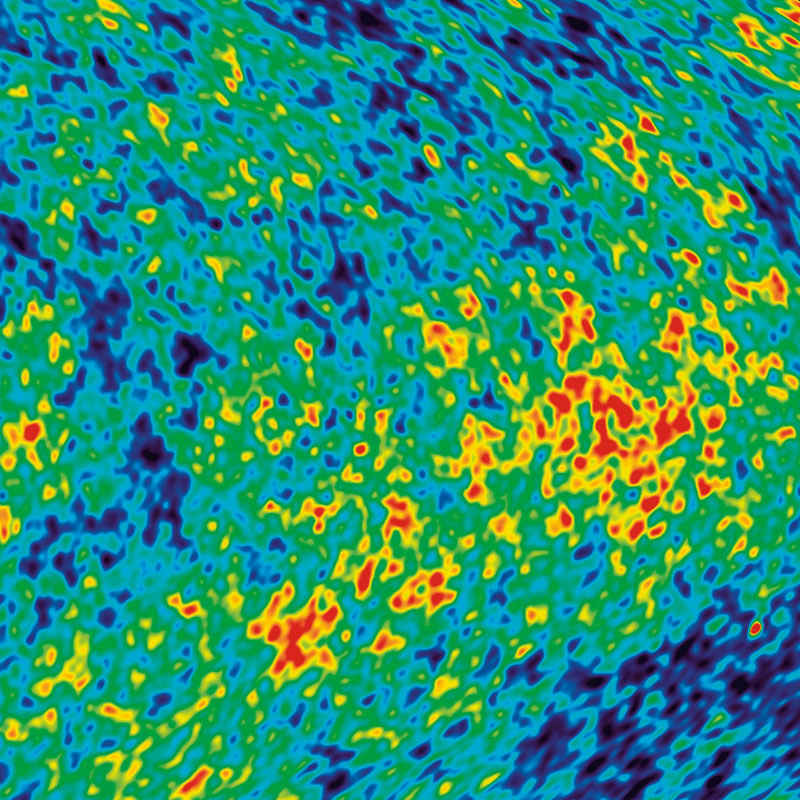
Astronomers use several different methods to date the universe. In recent years, results from these differing methods have been coming into closer agreement.
One method of determining the universe’s age involves finding the oldest stars and deciphering their ages based on knowledge of how stars are born, evolve, and die. White dwarf stars are particularly good candidates for these studies. They are the burned-out cinders of stars that were once like the Sun.
After exhausting all of the nuclear fuel in their cores, these medium-sized stars begin to puff off their outer layers, losing gas into space until all that’s left is a small core about the size of Earth. These cores then begin the long process of cooling over billions of years. By measuring their temperature, astronomers can figure out their ages and how long they’ve been cooling down. Studies of white dwarfs show that the oldest have been cooling for 12 billion to 13 billion years, providing a minimum value for the universe’s age.
This agrees with findings announced in 2001 from a Hubble Space Telescope “Key Project” to determine how fast the universe is expanding. Astronomers observed 800 pulsating Cepheid stars in 18 nearby galaxies. By measuring how fast the stars pulse, the astronomers determined their true brightness, which, in turn, revealed their distance. Better distance measurements to these nearby galaxies enabled astronomers to deduce the universe’s expansion rate to an accuracy of 10 percent. Combining this value with estimates of the universe’s density, they calculated that the age of the universe is about 13.7 billion years.
Scientists can also date the universe by studying the radiation left over from the Big Bang, the explosion that set the universe’s evolution in motion. Called the Cosmic Microwave Background (CMB), this radiation is seen in all directions in the sky and has cooled to just three degrees above absolute zero.
The Wilkinson Microwave Anisotropy Probe (WMAP), an orbiting observatory, spent a year making a detailed map of minute temperature variations in the CMB (illustration at top). Models of the universe’s evolution make specific predictions of what such patterns in the CMB would look like. In 2003, WMAP scientists announced that they had compared their satellite’s “baby picture” of the universe to various predictions — and found a match for a specific set of characteristics. The WMAP data indicate our universe is 13.7 billion years old, and made up of only four percent ordinary atoms. Dark matter makes up about 23 percent. The remaining 73 percent is the enigmatic “dark energy.”
Cosmic Inflation
According to inflation theory, space itself expanded at a staggering rate during the first tiny fraction of a second after the Big Bang. The universe was stretched and flattened — whatever roundness it had was flattened out, like a balloon that’s blown up so big that any part of it appears flat. Inflation says that because of this, our “horizon” on the cosmos is small, so we’ll never see more than a tiny fraction of the universe.